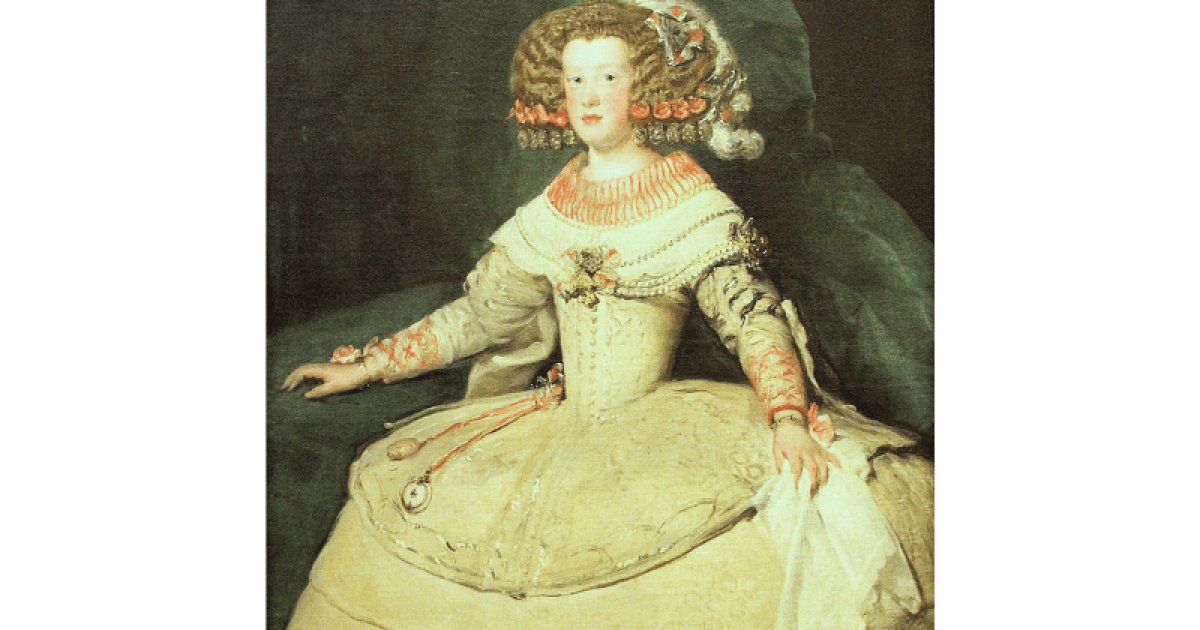KUNSTHISTORISCHES MUSEUM, Portrait Of The Infanta Margarita By Velazquez
 Language: English / USA
Language: English / USA
The painting "Infanta Margarita Teresa in a Blue Dress" is one of the most representative and enchanting works by the Spanish artist Diego Velázquez.
Painted in 1659, it depicts the Infanta Margarita Teresa, daughter of King Philip IV of Spain and Mariana of Austria, in one of her formal dresses. Velázquez, a court painter for most of his career, masterfully captured the innocence and elegance of the child, who was just eight years old at the time of the portrait.
In his role, Velázquez had the unique opportunity to portray members of the royal family, documenting their lives and status with unprecedented realism.
As you can see, the Infanta is depicted standing, dressed in a sumptuous gown of deep blue, adorned with delicate silver embroidery, which shines under the light expertly directed on the scene. The child appears serious, yet serene, with a gaze that seems to address the viewer directly, creating an immediate sense of emotional connection.
Velázquez's mastery is evident in his use of light and shadow, shaping the figure of the little girl within the scope of the painting. The texture of the dress and the softness of her skin are rendered with striking detail, demonstrating his technical skill in reproducing different surfaces and materials.
The painting is not only a faithful portrait of the subject, but also a work charged with political and cultural symbolism: the blue dress not only highlights the royal status of the subject, but also symbolizes purity and dignity, important attributes for the representation of a member of the royal family. In addition, the presence of precious elements, such as the medallion on her chest and the necklace, emphasizes the importance of the Infanta in the context of European dynastic politics.
This is one of several portraits Velázquez made of the Infanta, each documenting different stages of her life. These works not only offer an intimate portrait of the Spanish royal family, but also reveal the evolution of Velázquez's style, which, as the years passed, became increasingly refined and profound in its ability to capture human complexity.
An interesting fact: Having become empress when she was just 15 years old, Margarita unfortunately died in childbirth at the age of 21, following several difficult pregnancies. Unfortunately, given her consanguinity with her husband Leopold I, who was her maternal uncle and cousin, none of the children survived their mother, except the second daughter.



